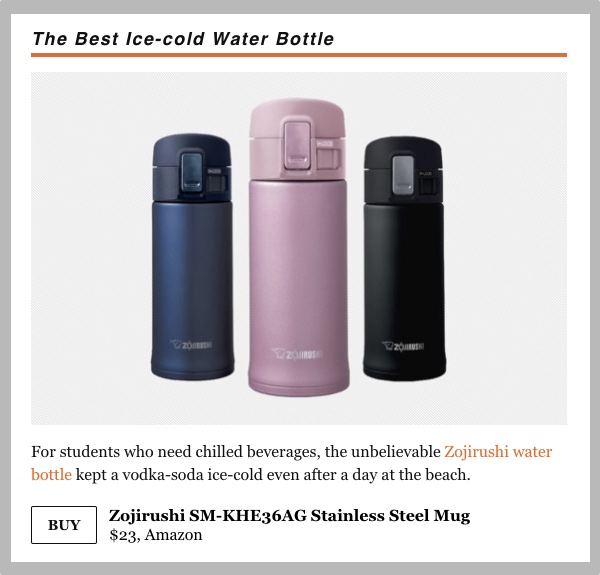How publishers are using back-to-school fever to drive commerce

As publishers experiment more with commerce, some are taking advantage of the back-to-school shopping season. American consumers are expected to spend $83.6 billion during this back-to-school season, up 10 percent from last year, according to the National Retail Federation commissioned. That’s below the $655 billion spent on Black Friday, per the National Retail Federation but more than the $1 billion spent on Prime Day or the $3.5 billion spent on Cyber Monday last year, two digital shopping events publishers have started taking more seriously.
The number of publishers doing back-to-school posts declined this year to 253 from 268, but the clicks they drove grew slightly, from 39,399 to 40,325, according to Skimlinks. Here’s how a number of commerce-curious publishers are approaching back-to-school.
Start early
Most retailers’ back-to-school sales begin in late July or August. But shoppers start thinking about back-to-school sales well before that, and publishers that want to win in Google search have to get their posts up early.
Hearst’s Best Products, for example, began posting back-to-school posts as early as June. “We started planning for back-to-school before most schools were even out,” said Patrick Varone, vp of audience development and Best Products at Hearst Digital Media. “School-related searches online actually start in June and purchases steadily increase in early to mid-July, so we were able to service them with the most up-to-date, popular, on-trend and competitively priced products that are currently in stock.”
Recycle
Even the mythical creatures of Generation Z need bedsheets, portable speakers and jeans, so New York Media’s The Strategist packaged commerce posts it had already written into the back-to-school hub it unveiled in late July.
While The Strategist has over a dozen back-to-school commerce posts planned (it’s published 10 already), more than two-thirds of the posts in the back-to-school hub were published weeks, or even months, ago.

Try new platforms
Instagram Stories has been a popular place to experiment for commerce posts. Teen Vogue, for example, has posted shoppable back-to-school Instagram Stories all week, offering deals on items from humidifiers to tampons.

Make personality-based content
Like the rest of its content, BuzzFeed’s commerce content is often identity-oriented. Its back-to-school coverage is no different, as evidenced by posts like “23 School Supplies For People Who Pretty Much Live in the Library” or “21 Backpacks All High School Archetypes Will Love“. In the coming weeks, BuzzFeed will roll out identity-based posts for students as well as parents and teachers.
More in Media

Media Briefing: Publishers who bet on events and franchises this year are reaping the rewards
Tentpole events and franchises are helping publishers lock in advertising revenue.

With Firefly Image 3, Adobe aims to integrate more AI tools for various apps
New tools let people make images in seconds, create image backgrounds, replacing parts of an image and use reference images to create with AI.

Publishers revamp their newsletter offerings to engage audiences amid threat of AI and declining referral traffic
Publishers like Axios, Eater, the Guardian, theSkimm and Snopes are either growing or revamping their newsletter offerings to engage audiences as a wave of generative AI advancements increases the need for original content and referral traffic declines push publishers to find alternative ways to reach readers.








